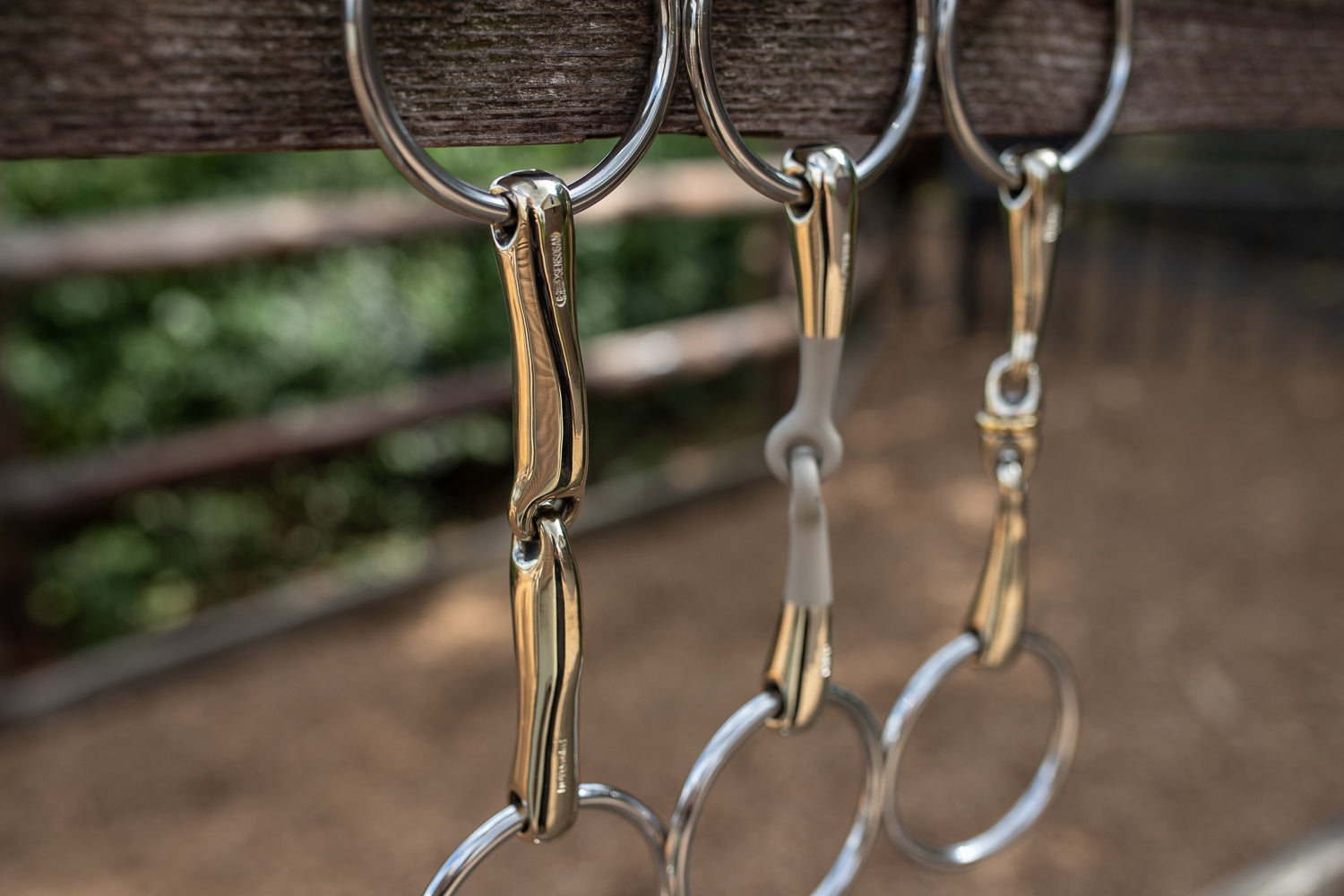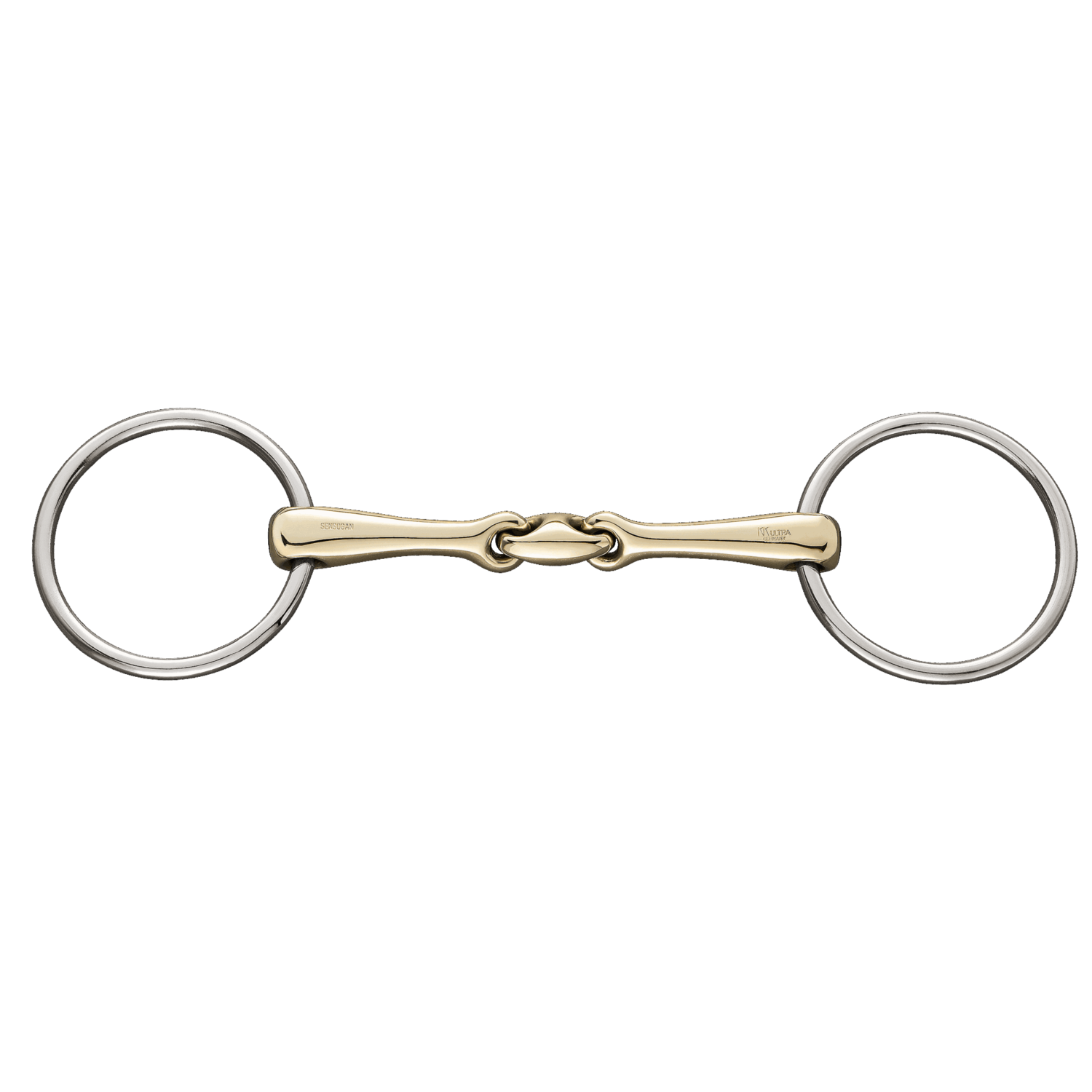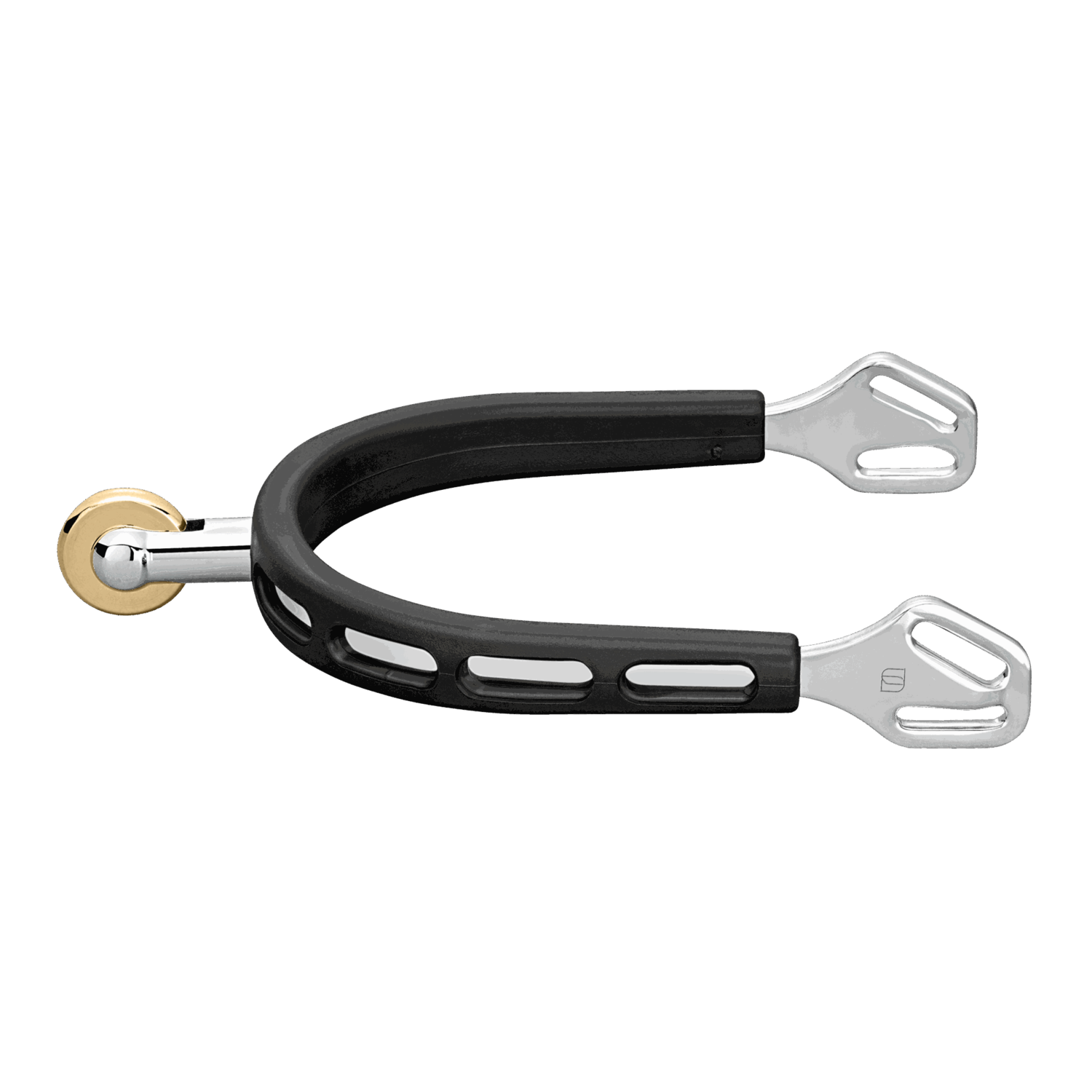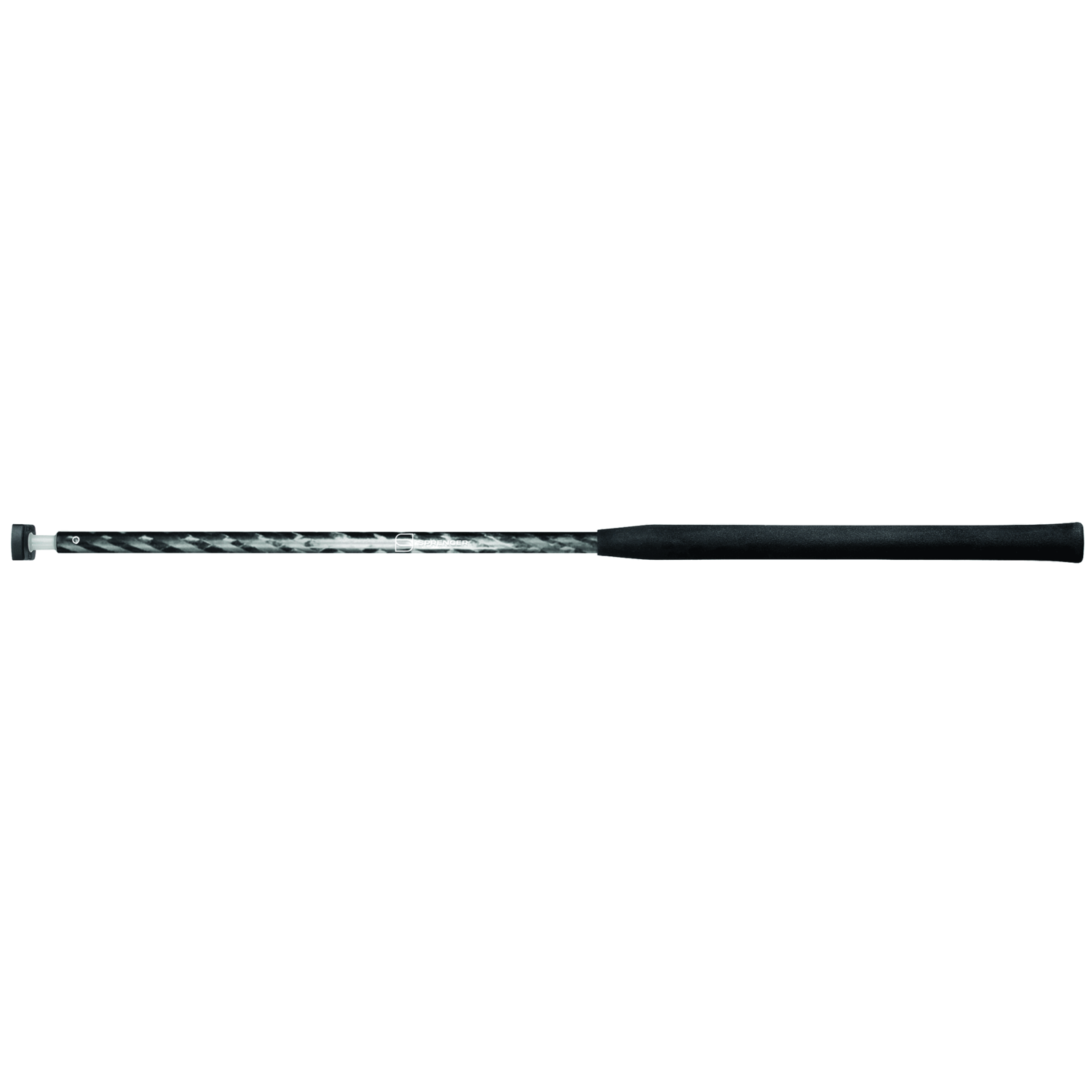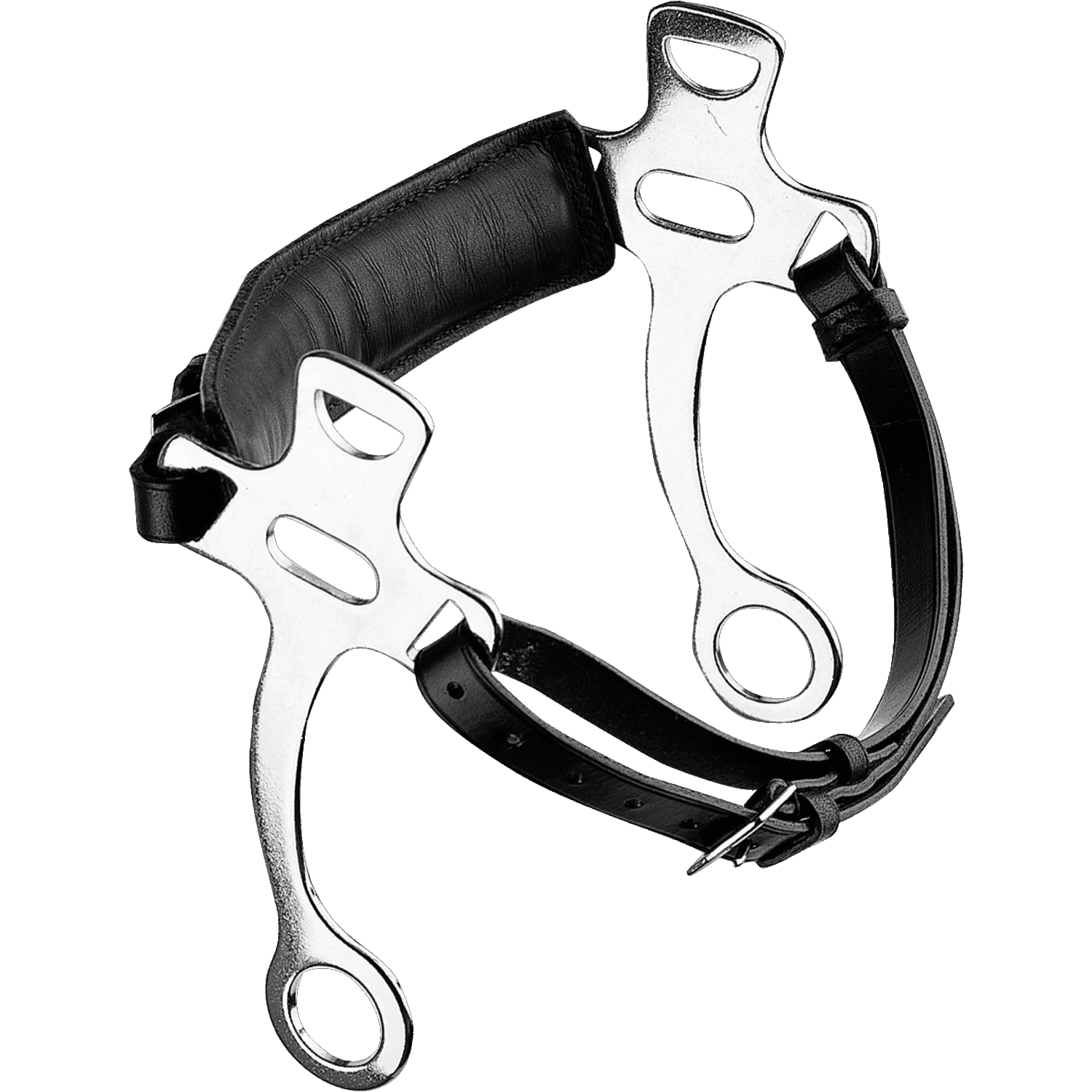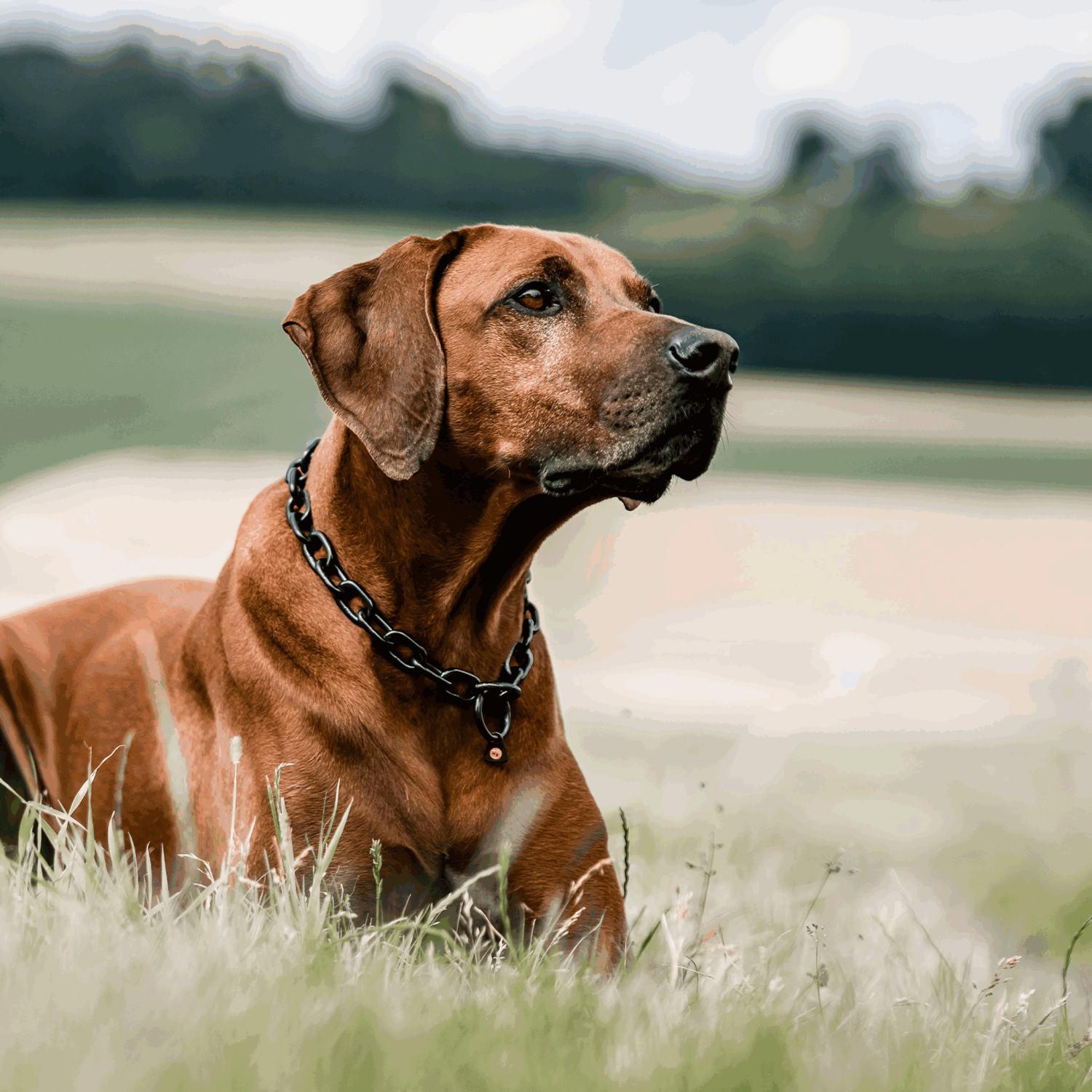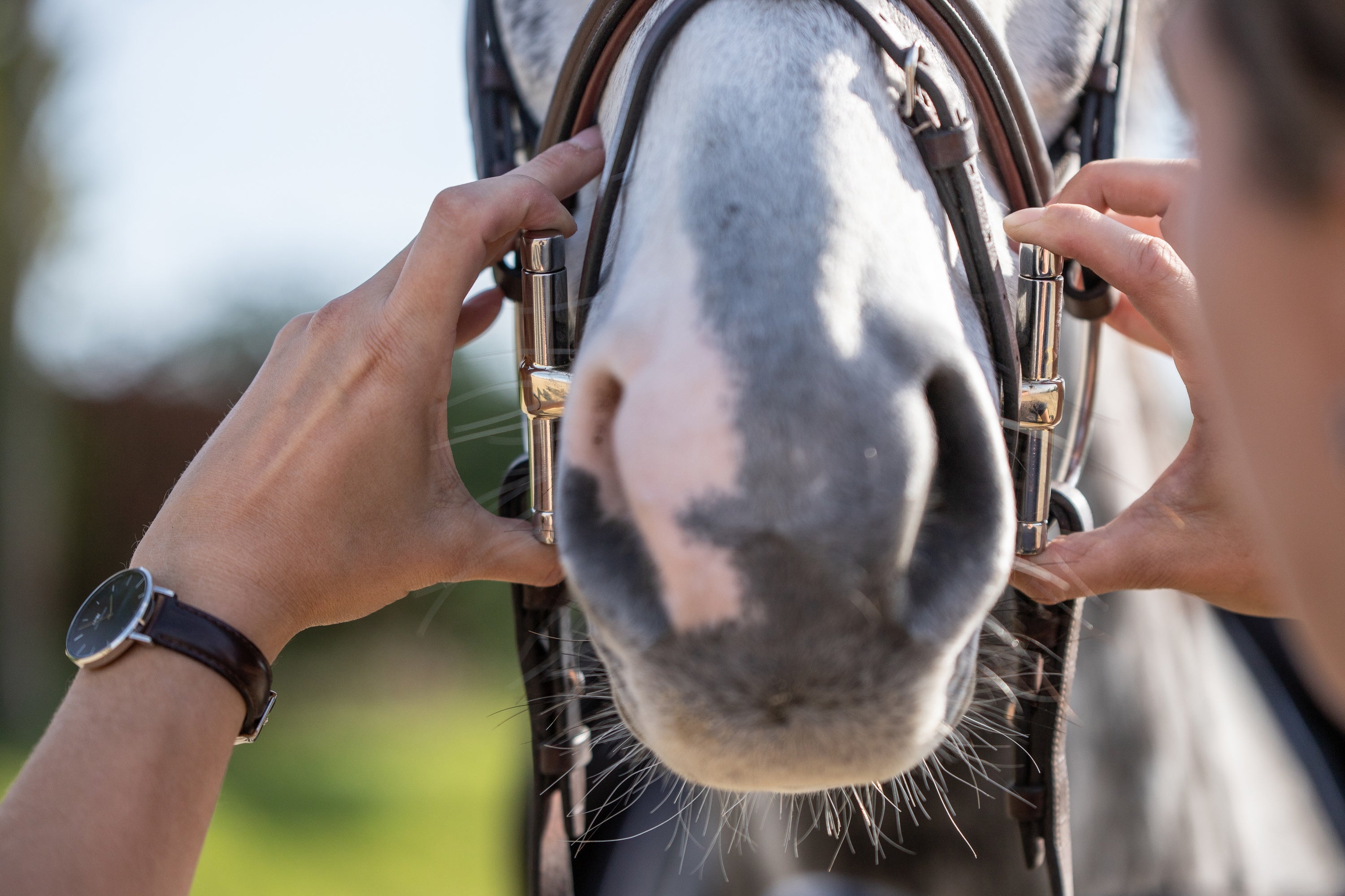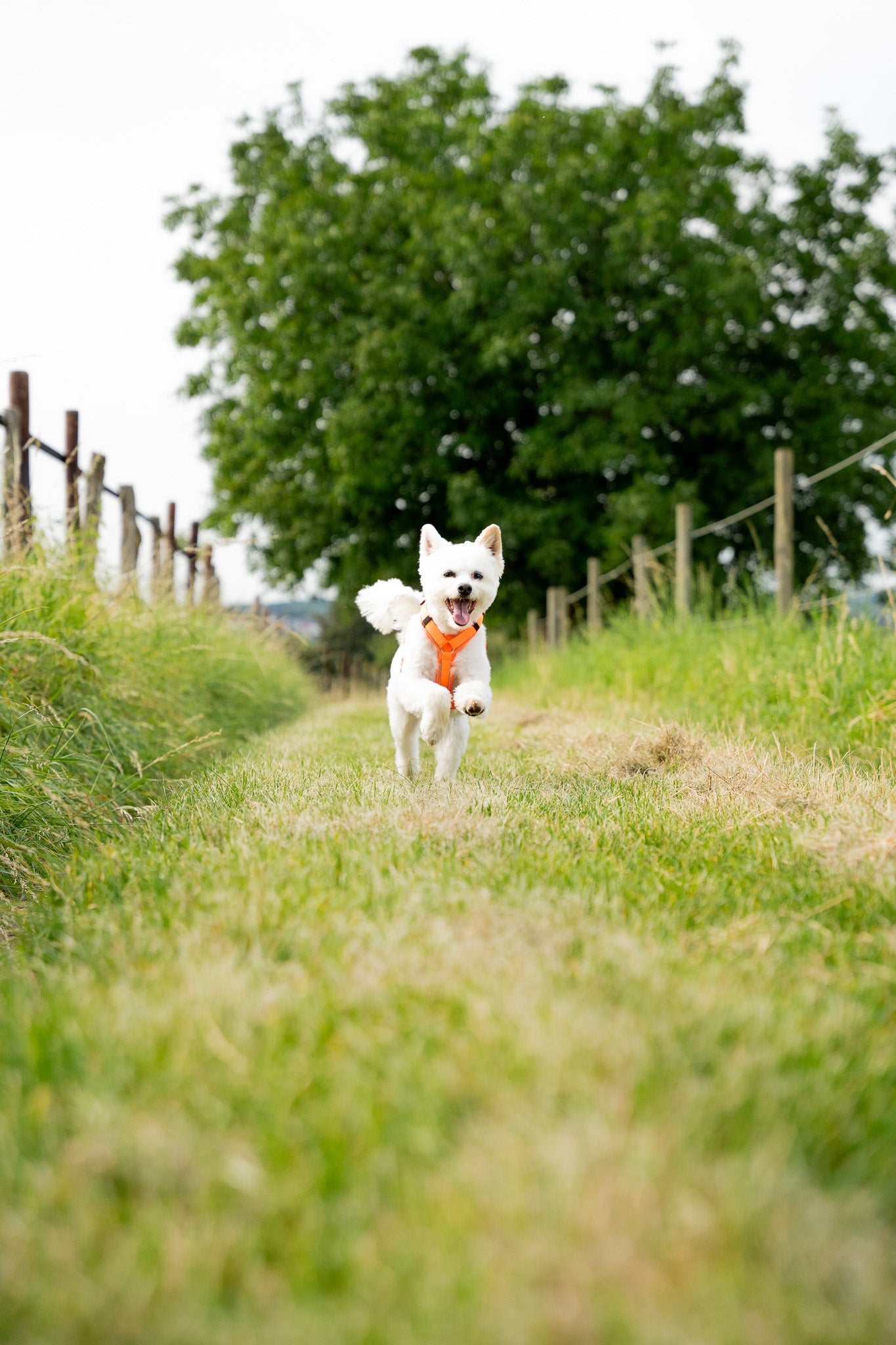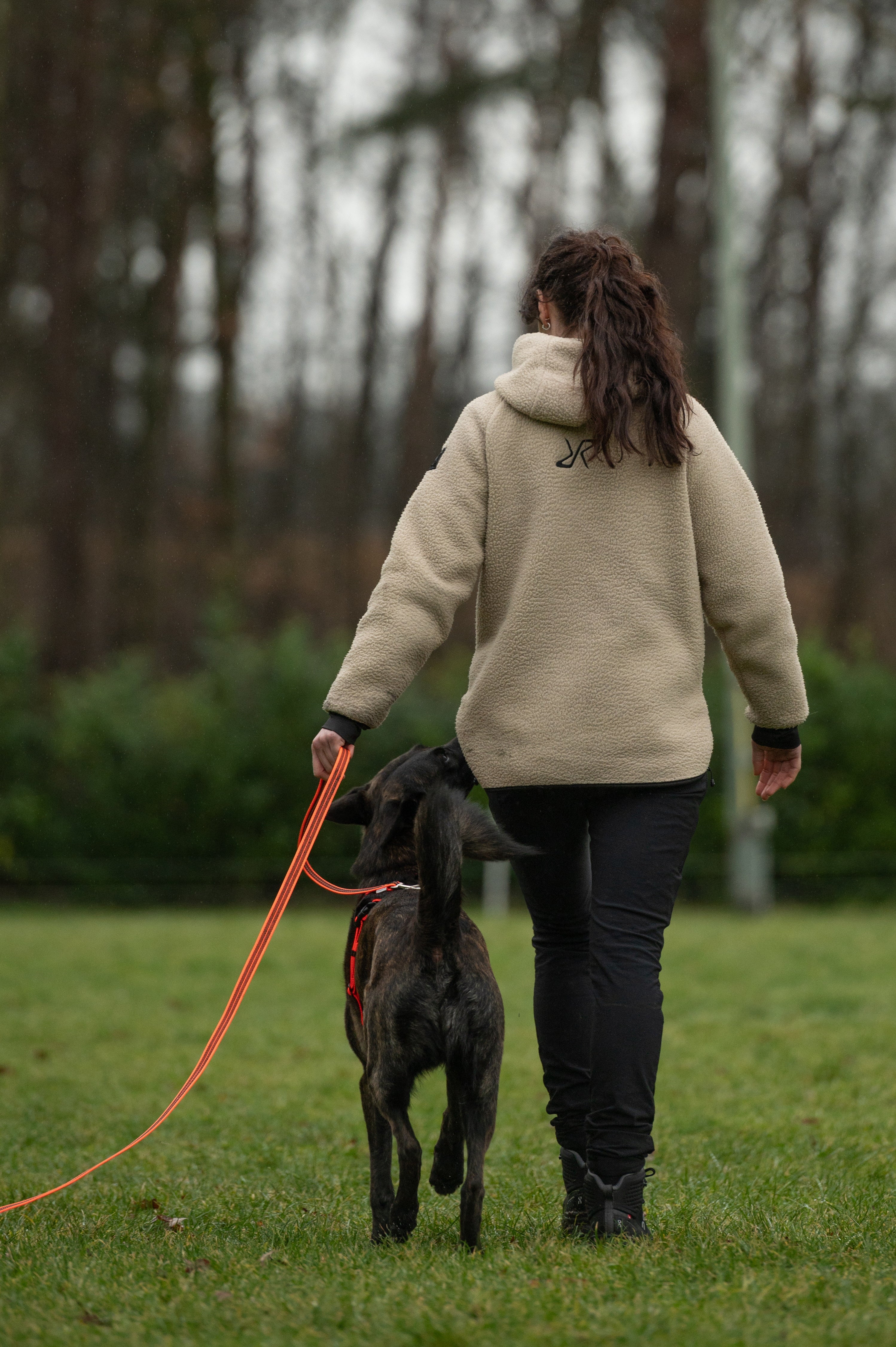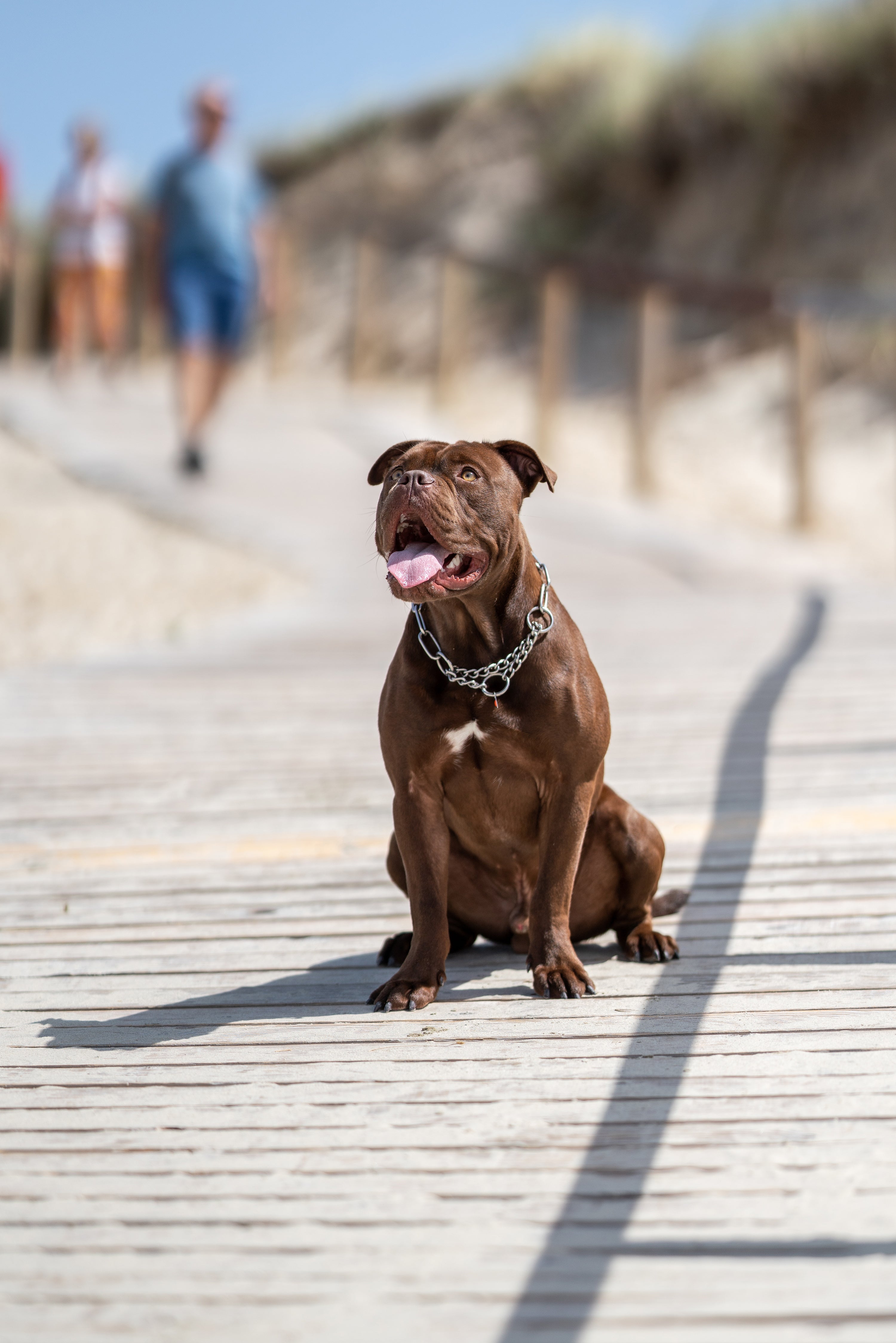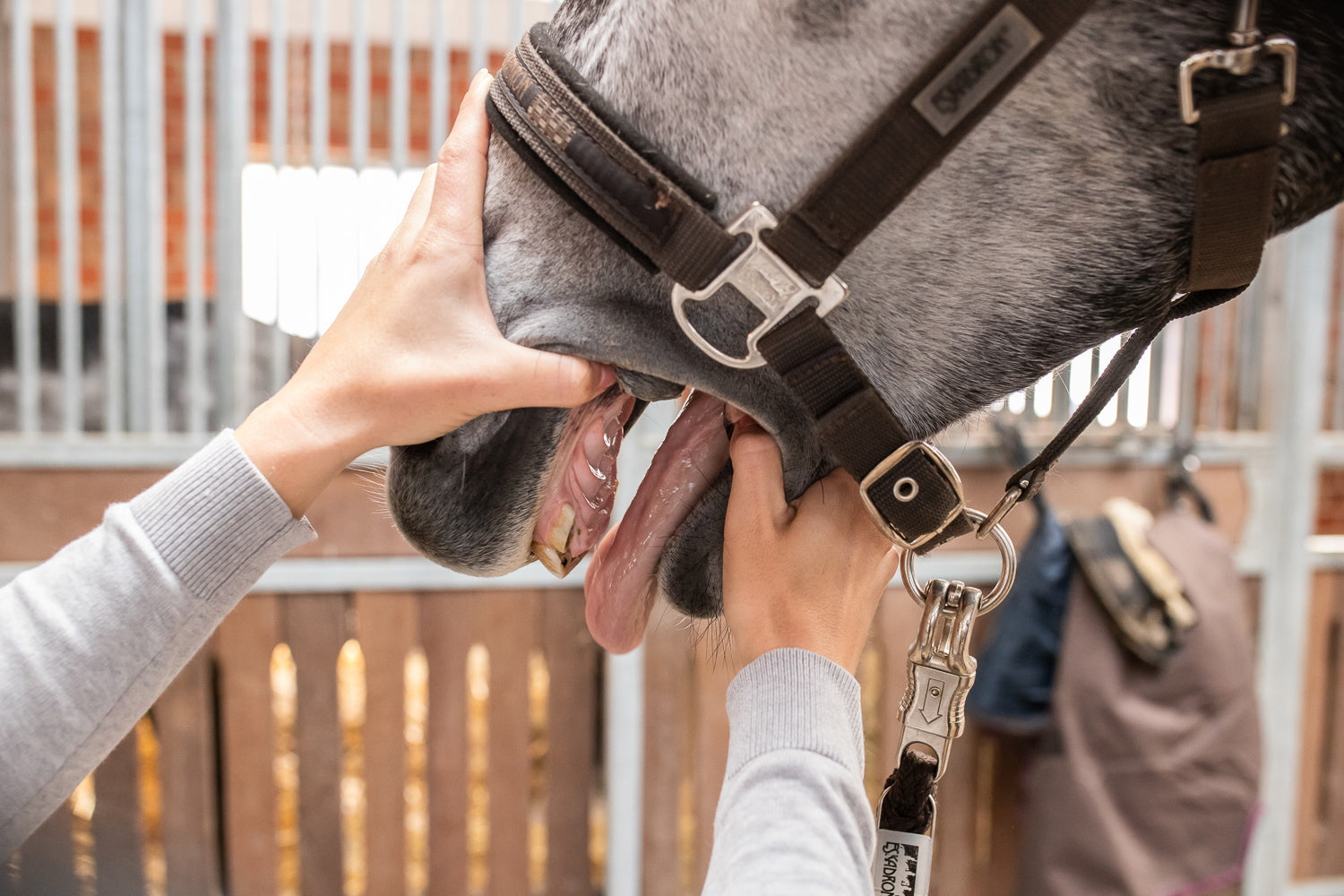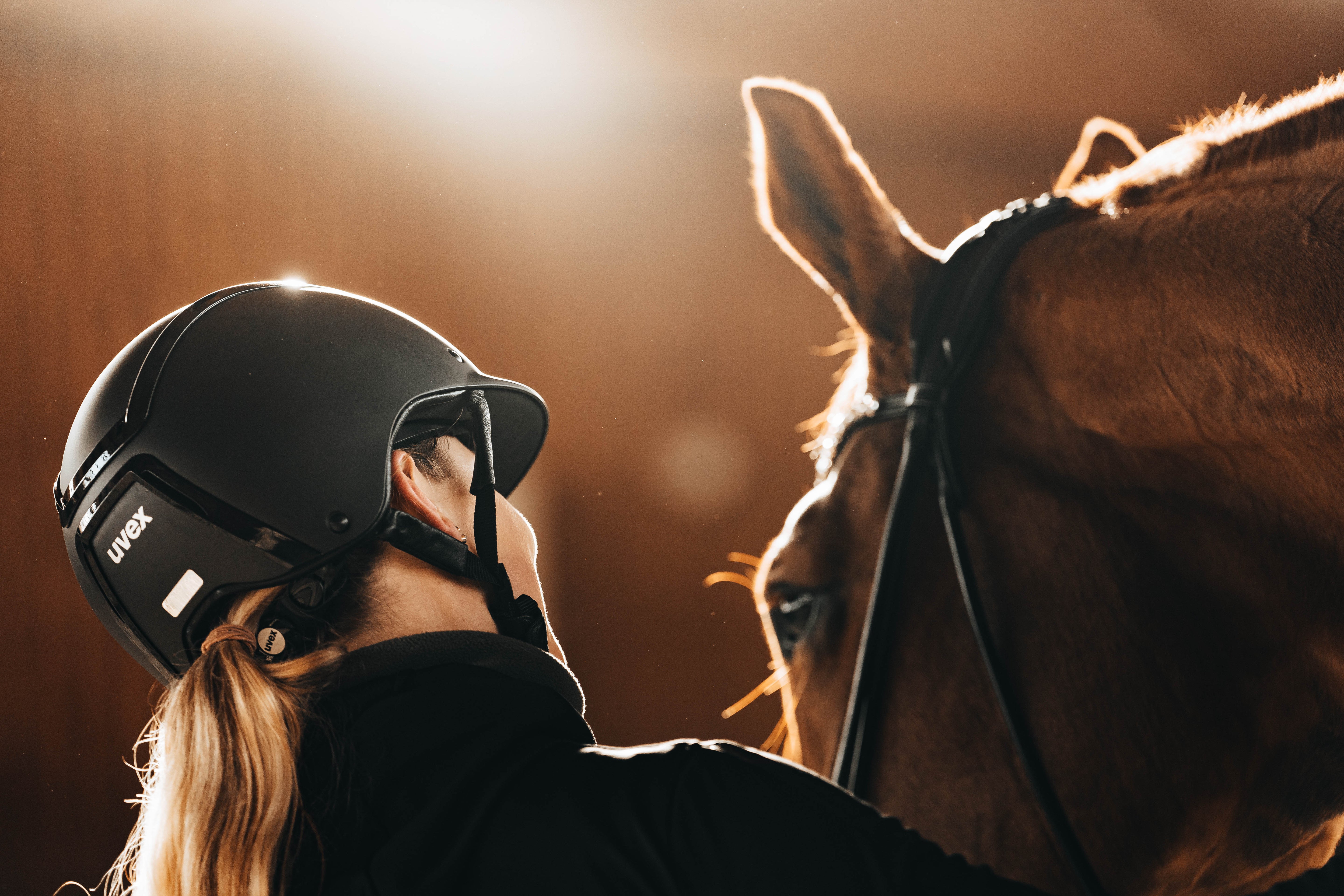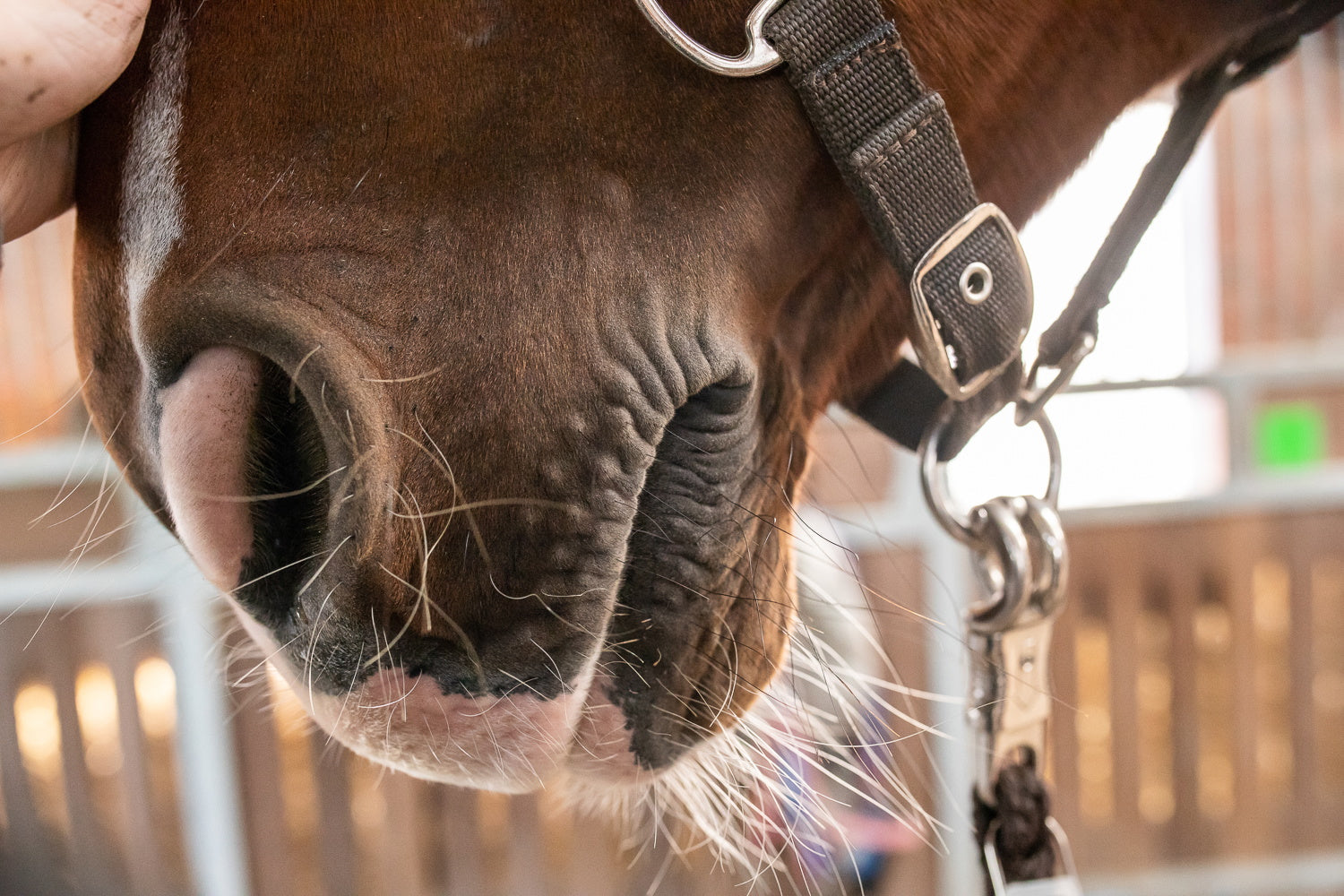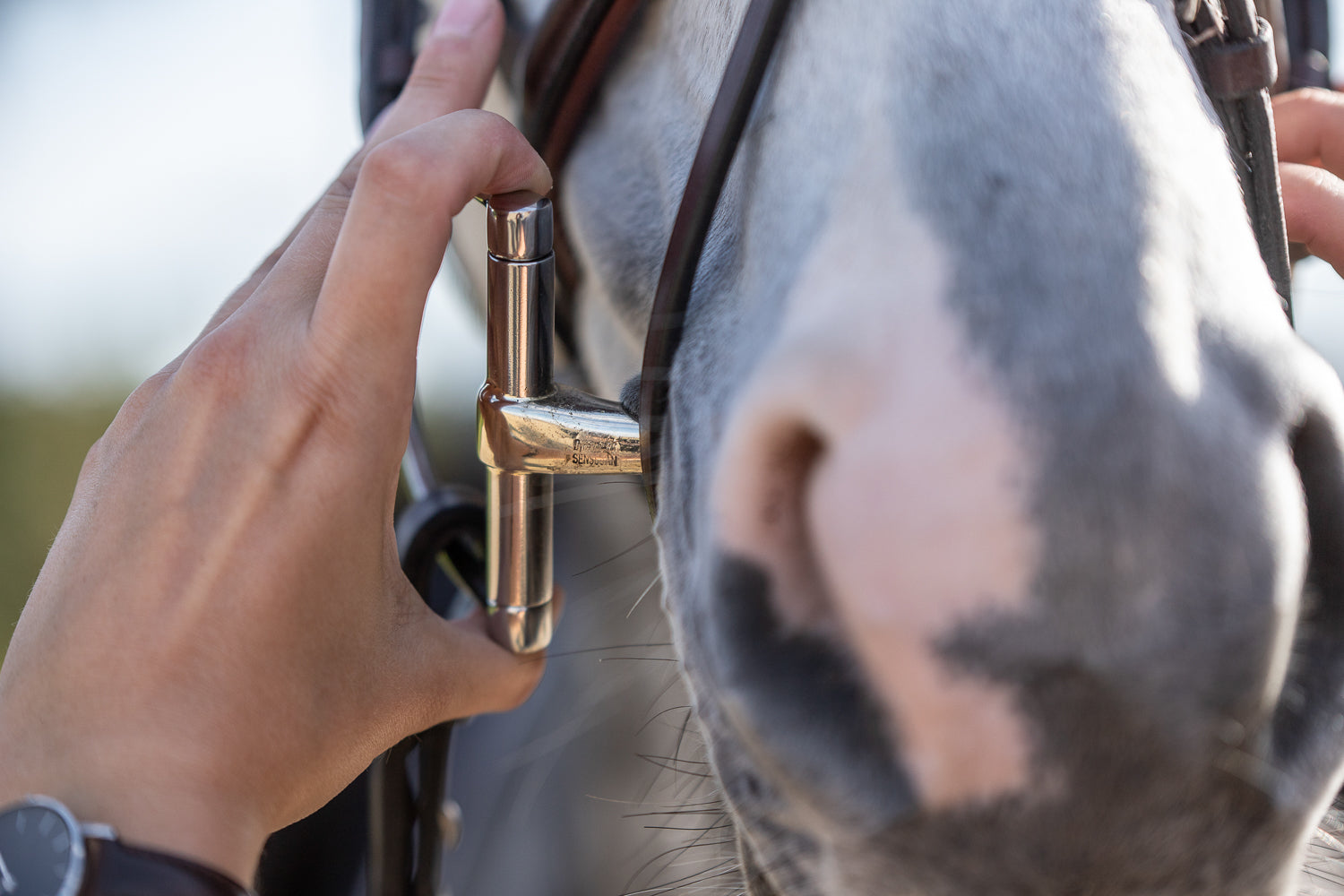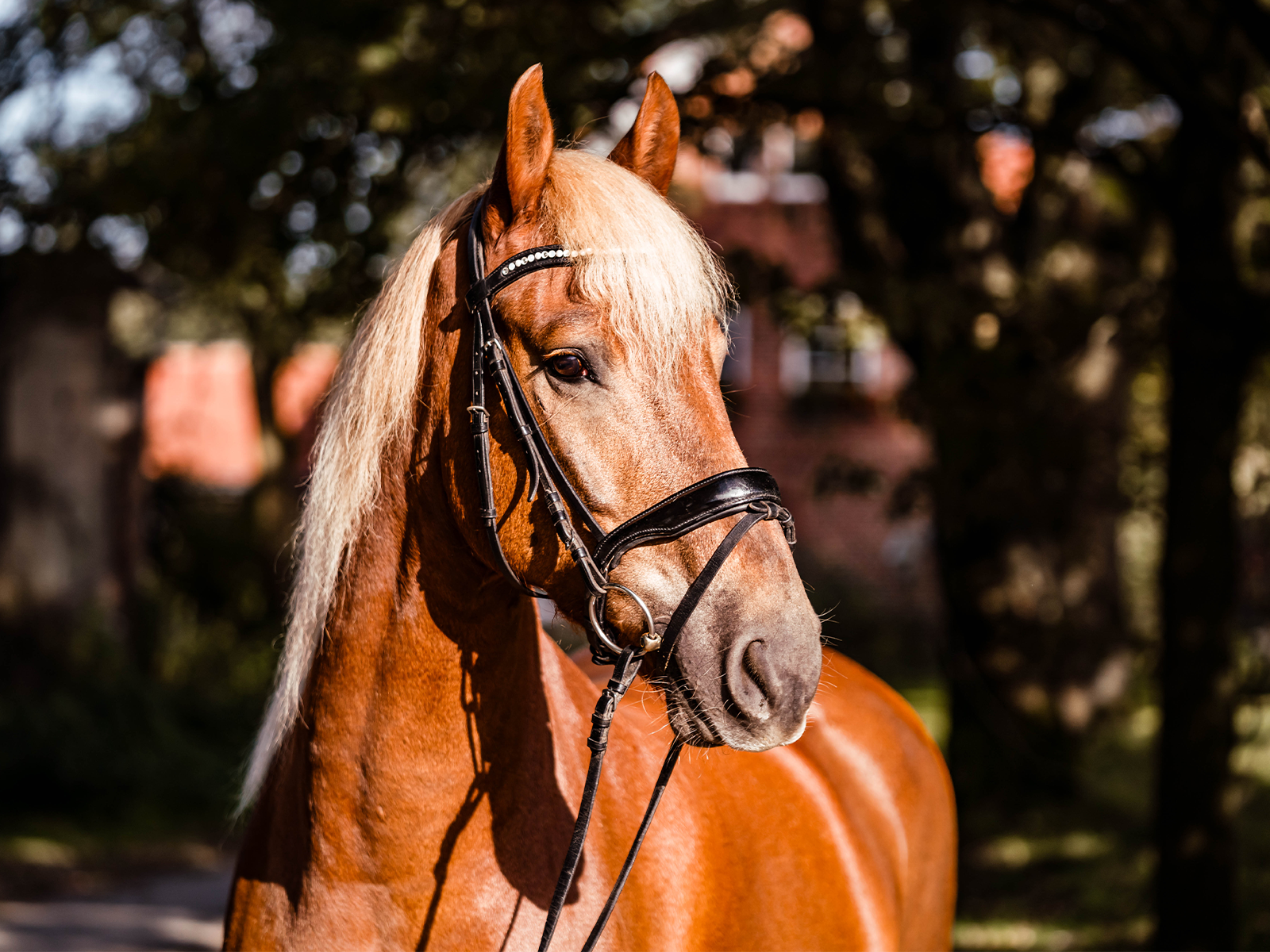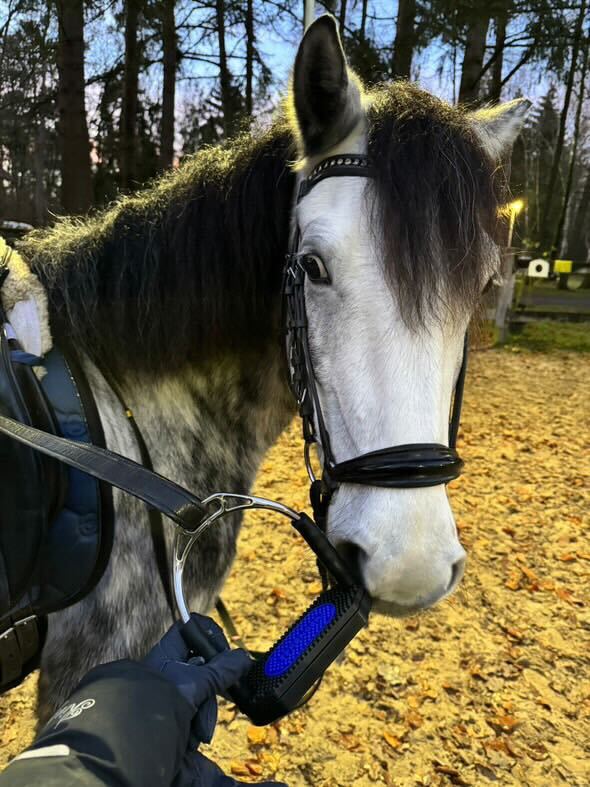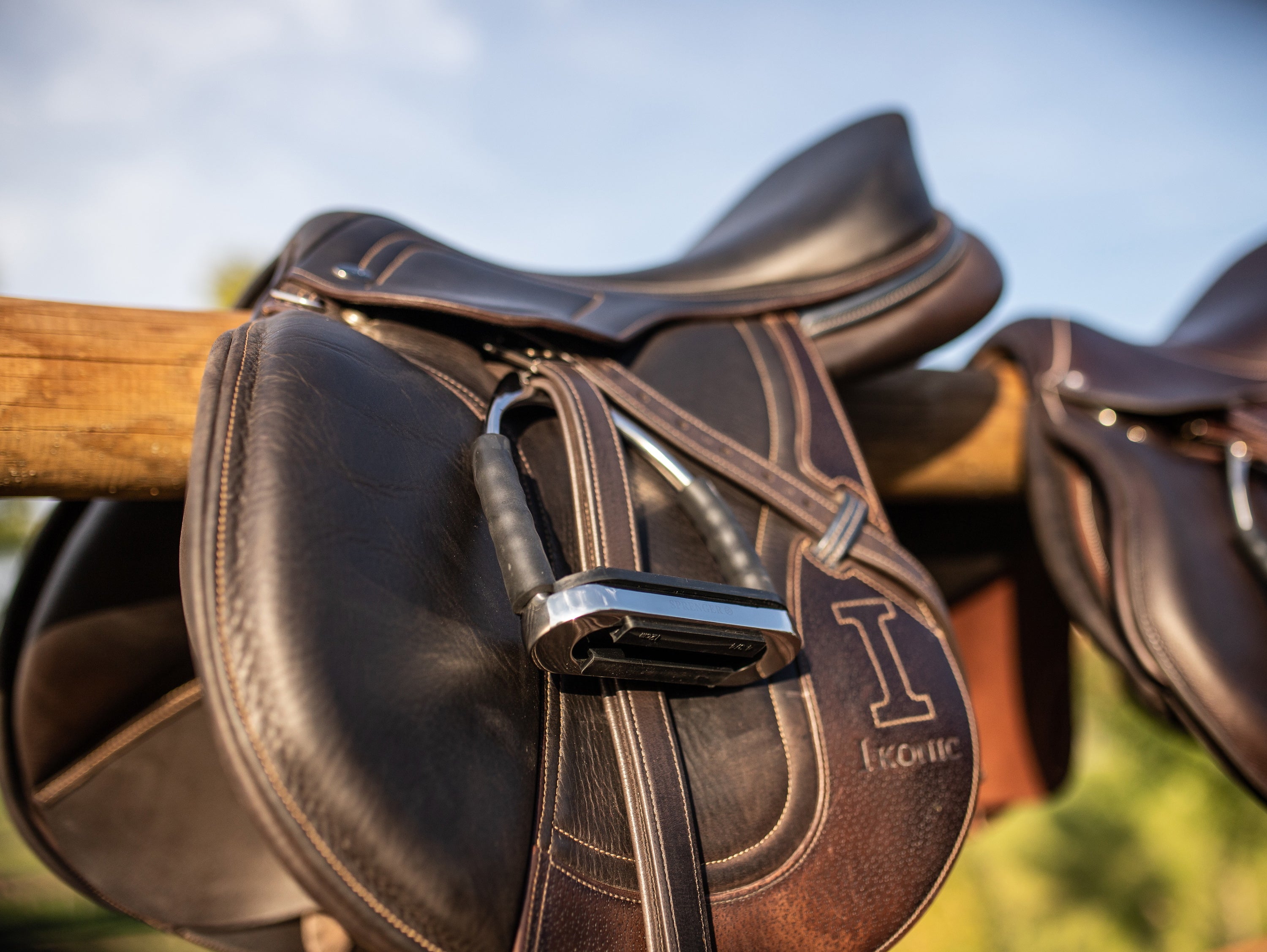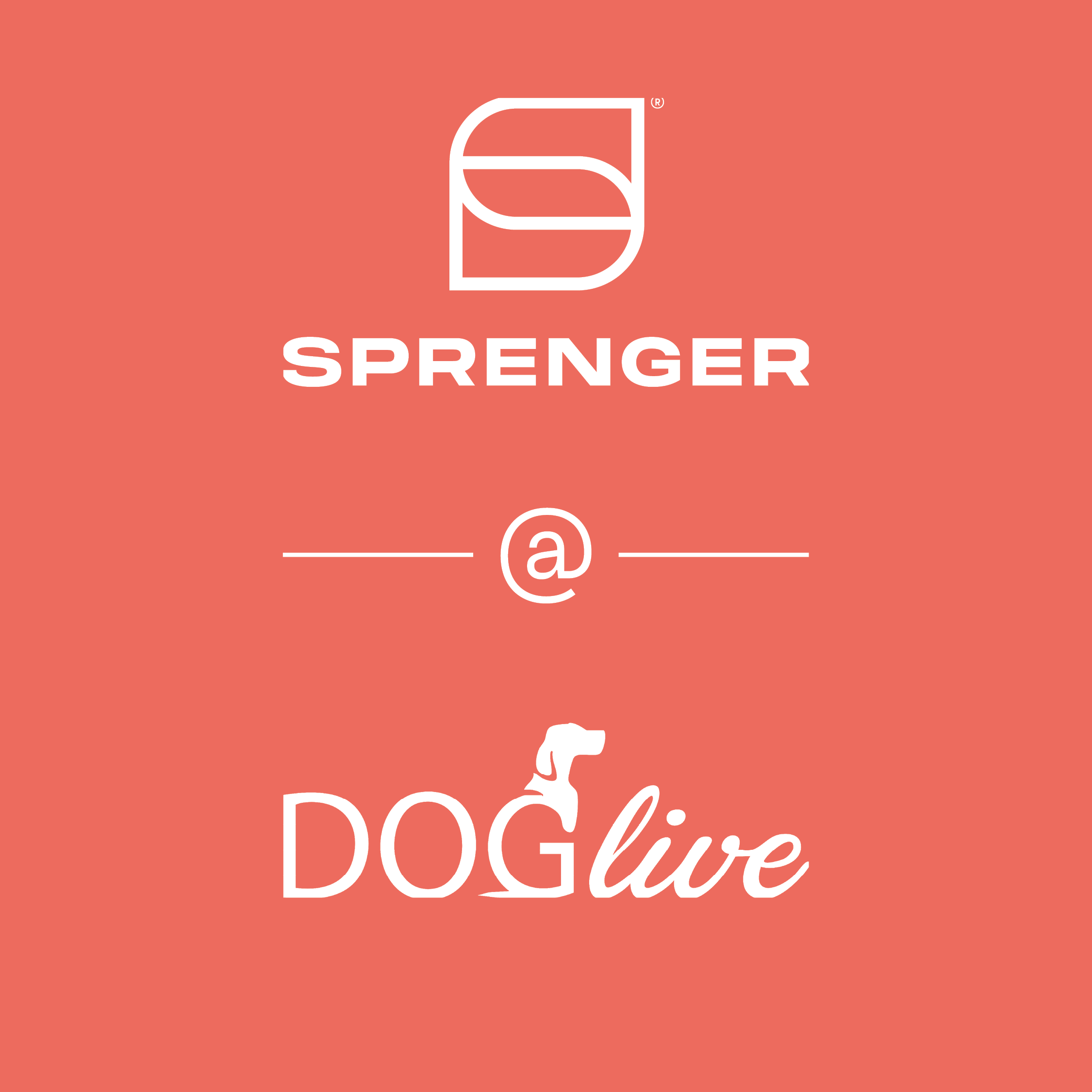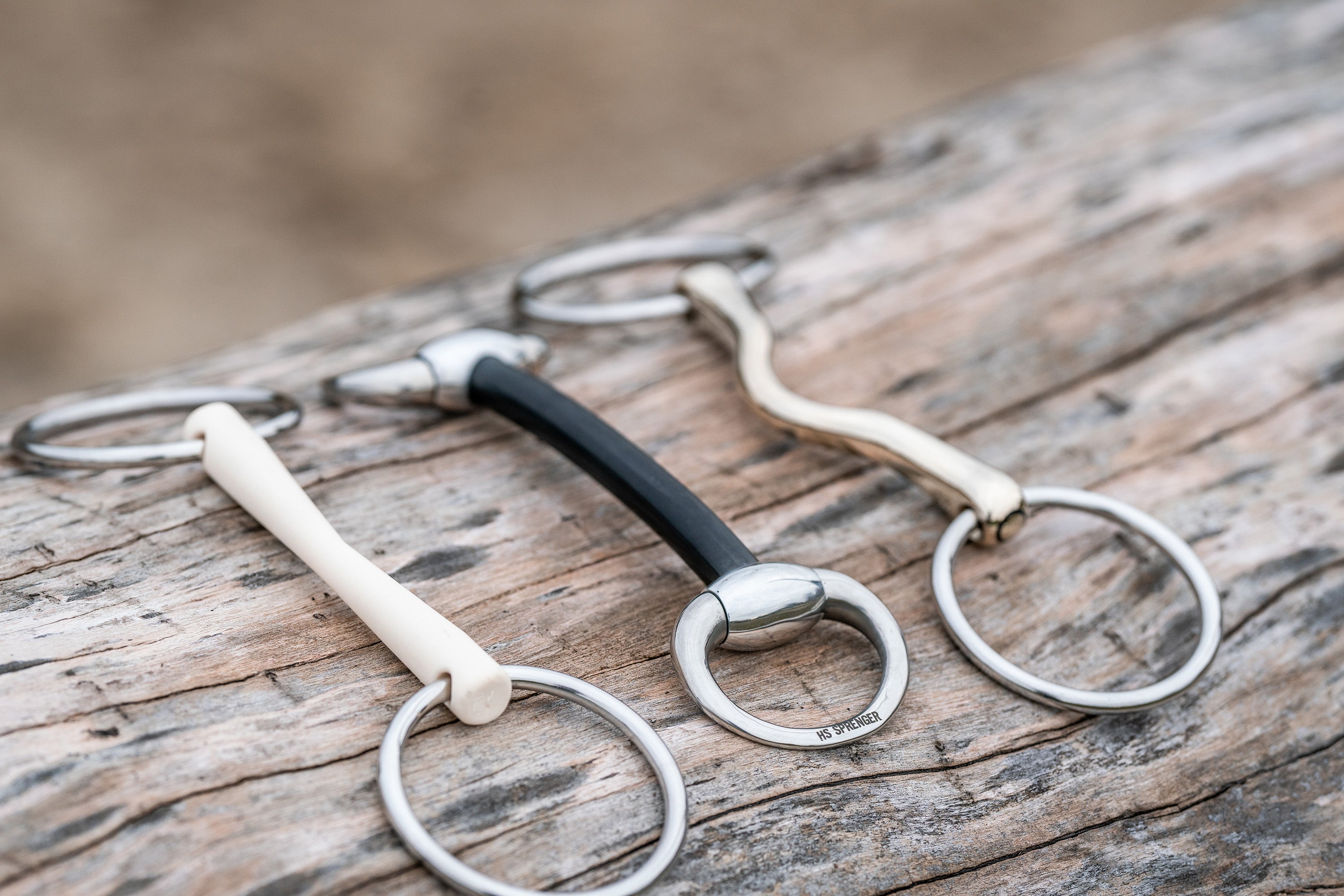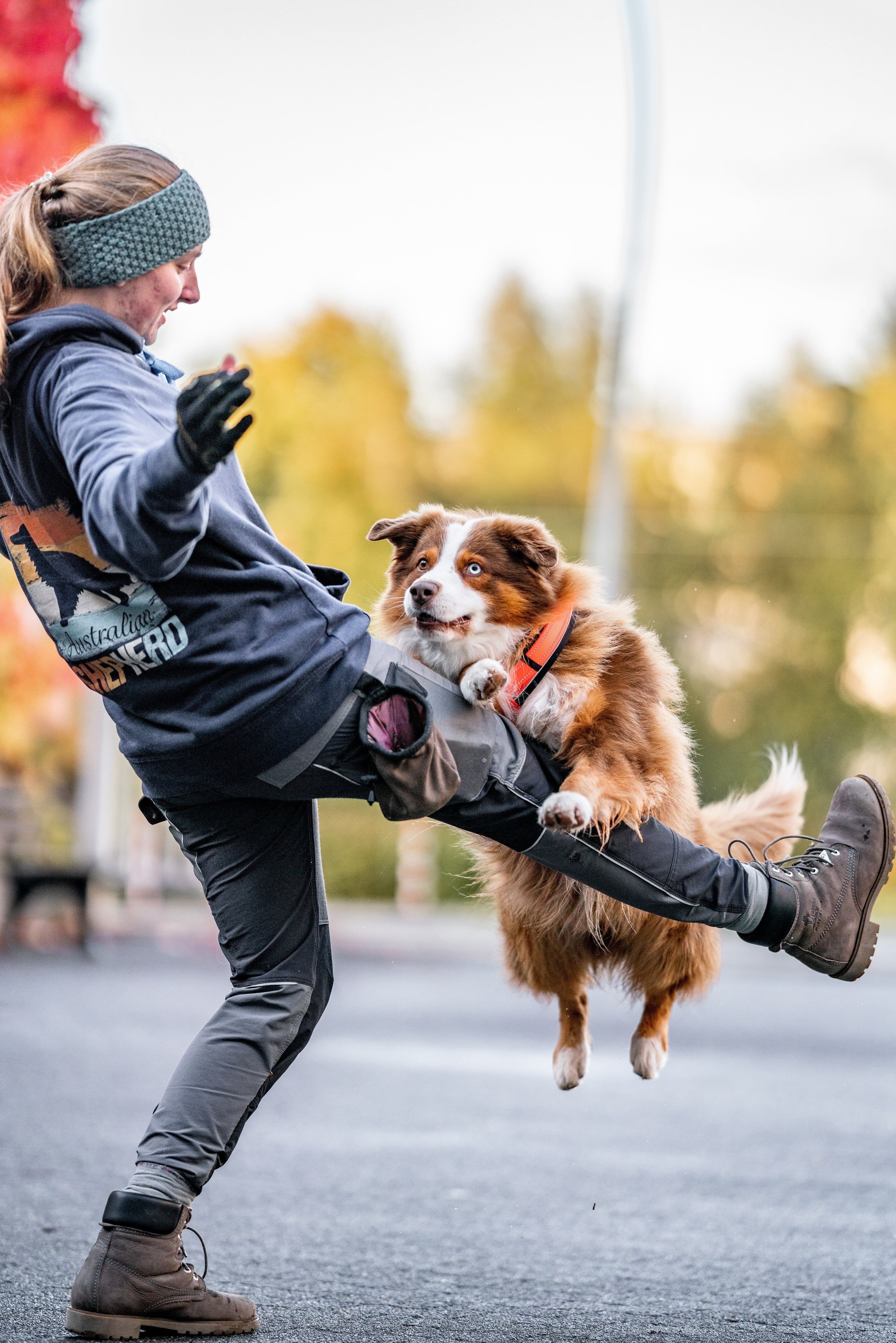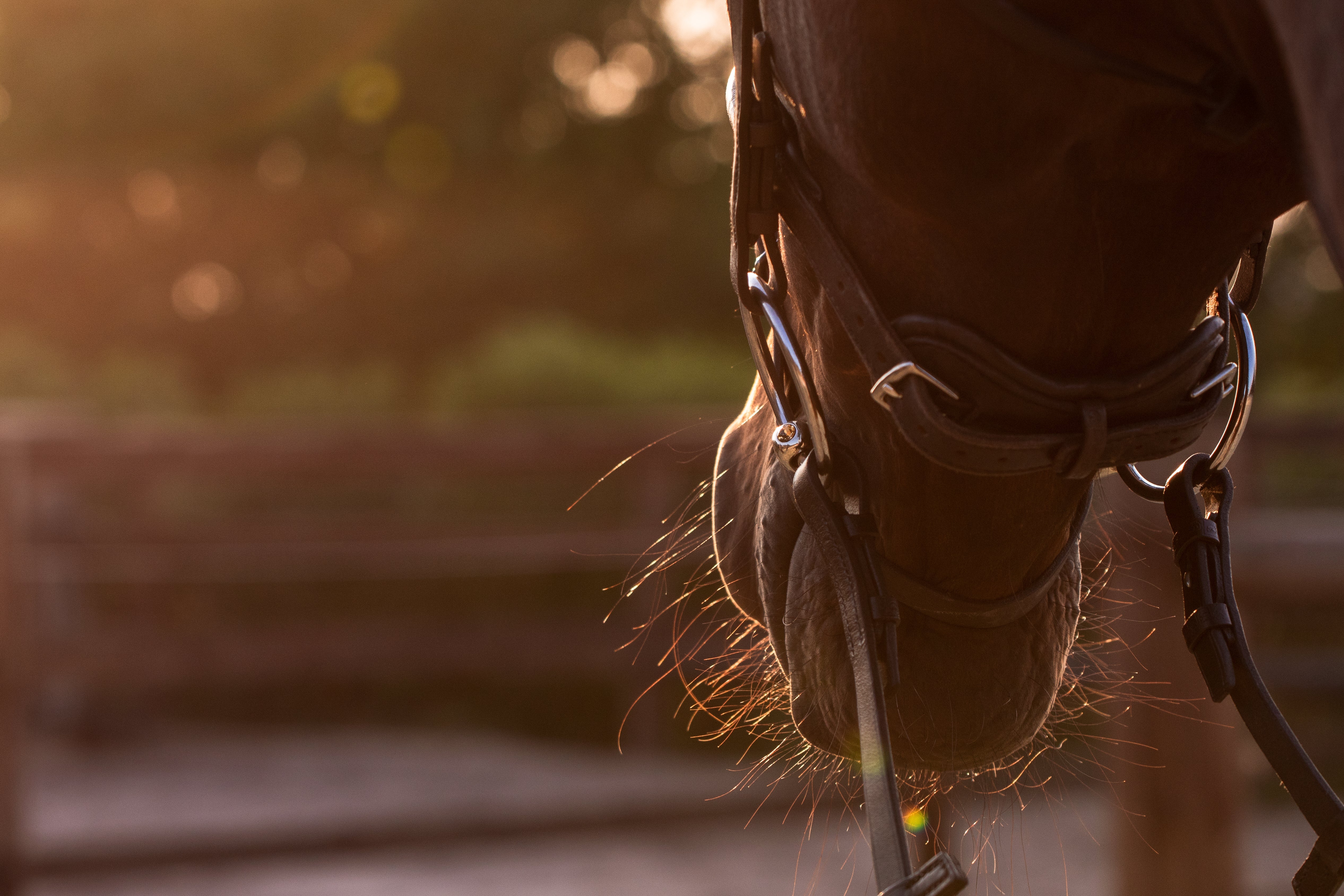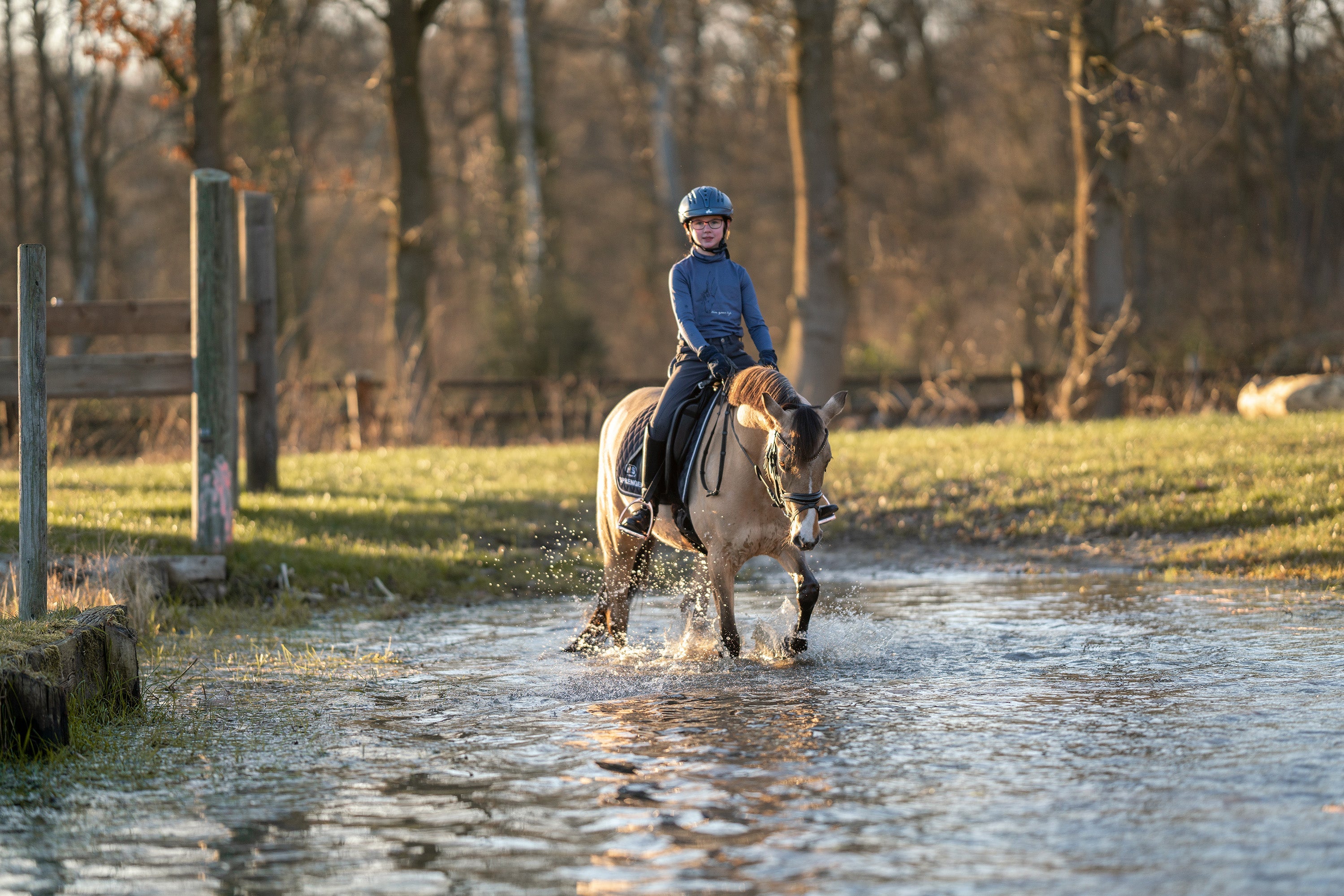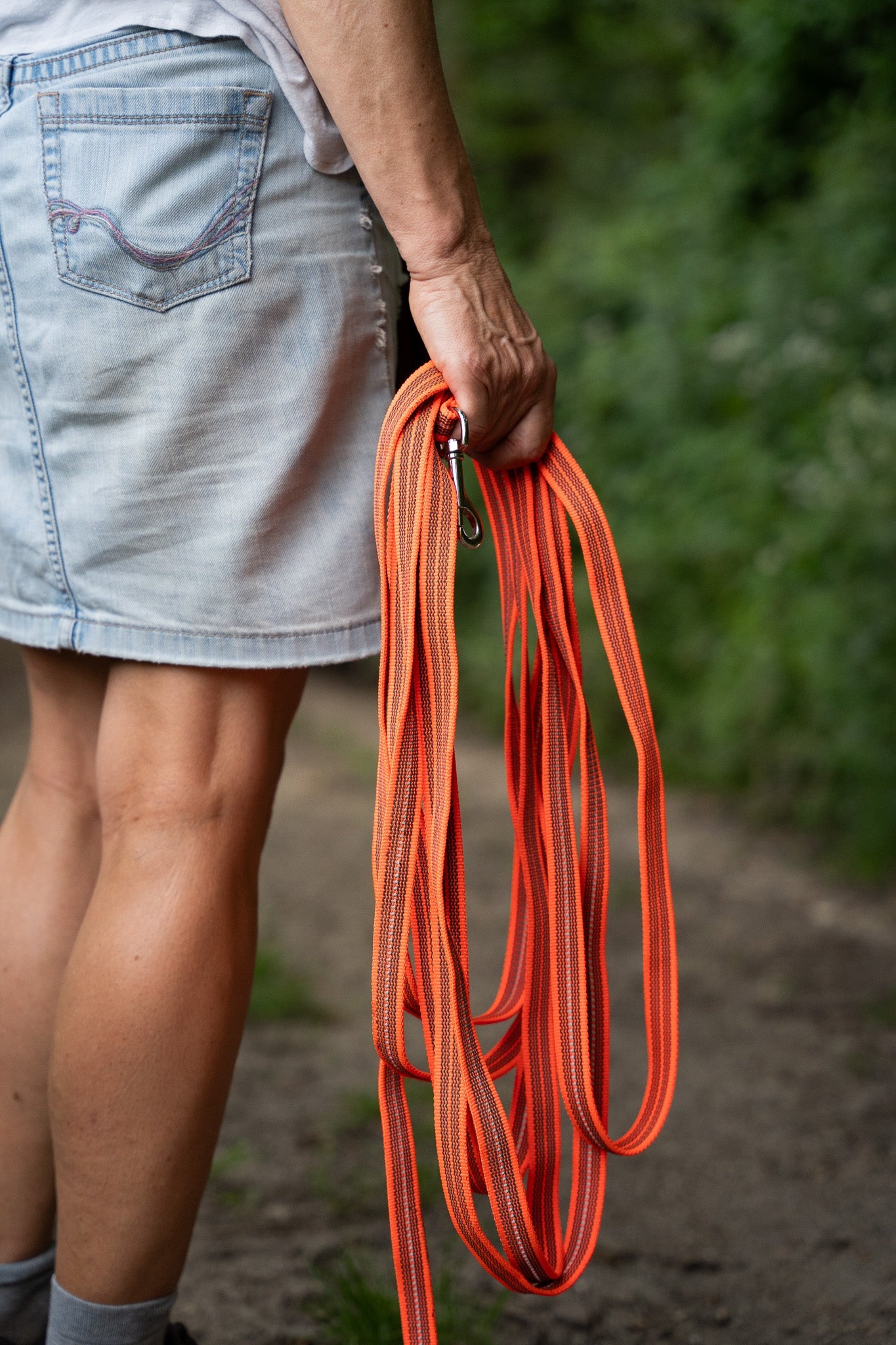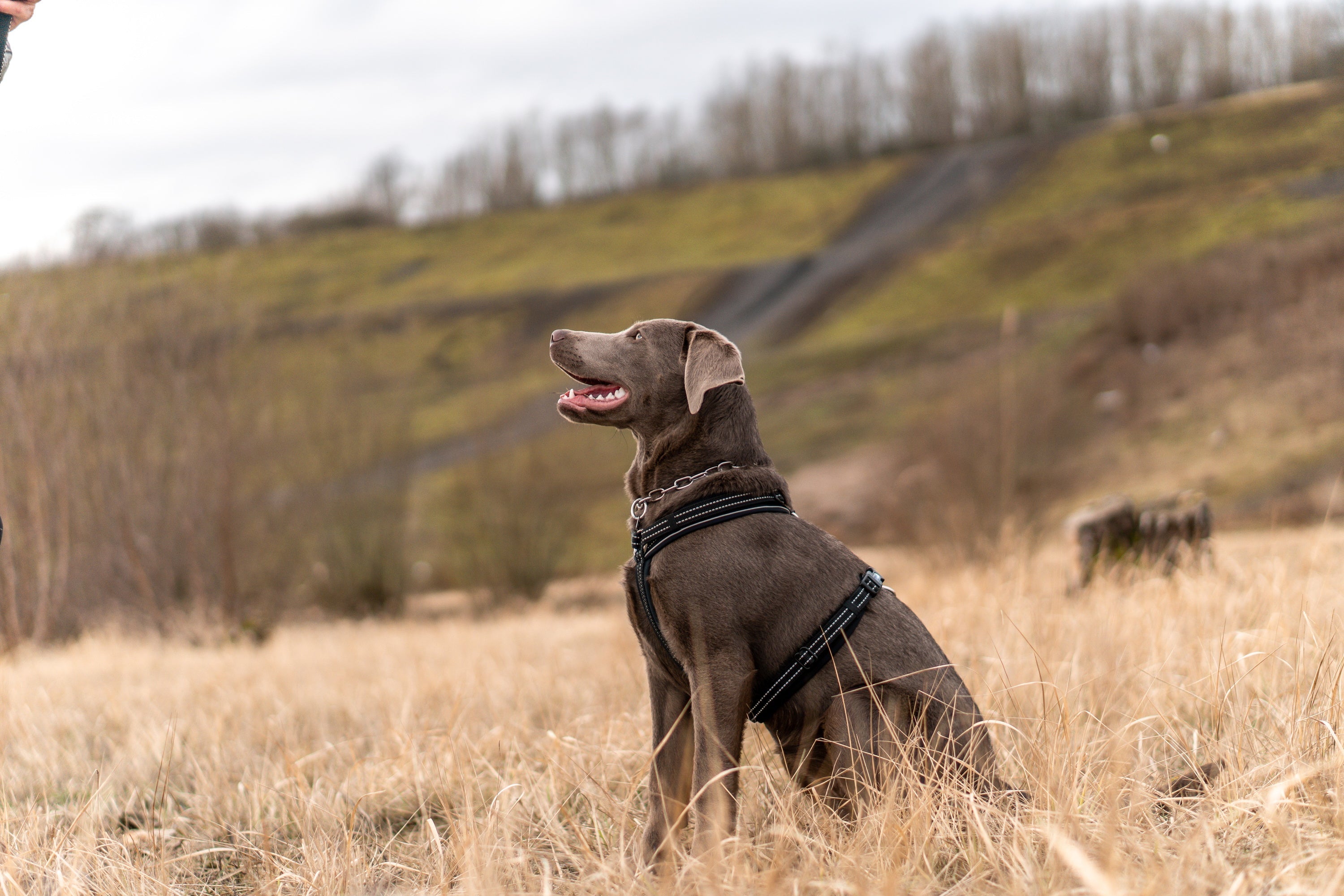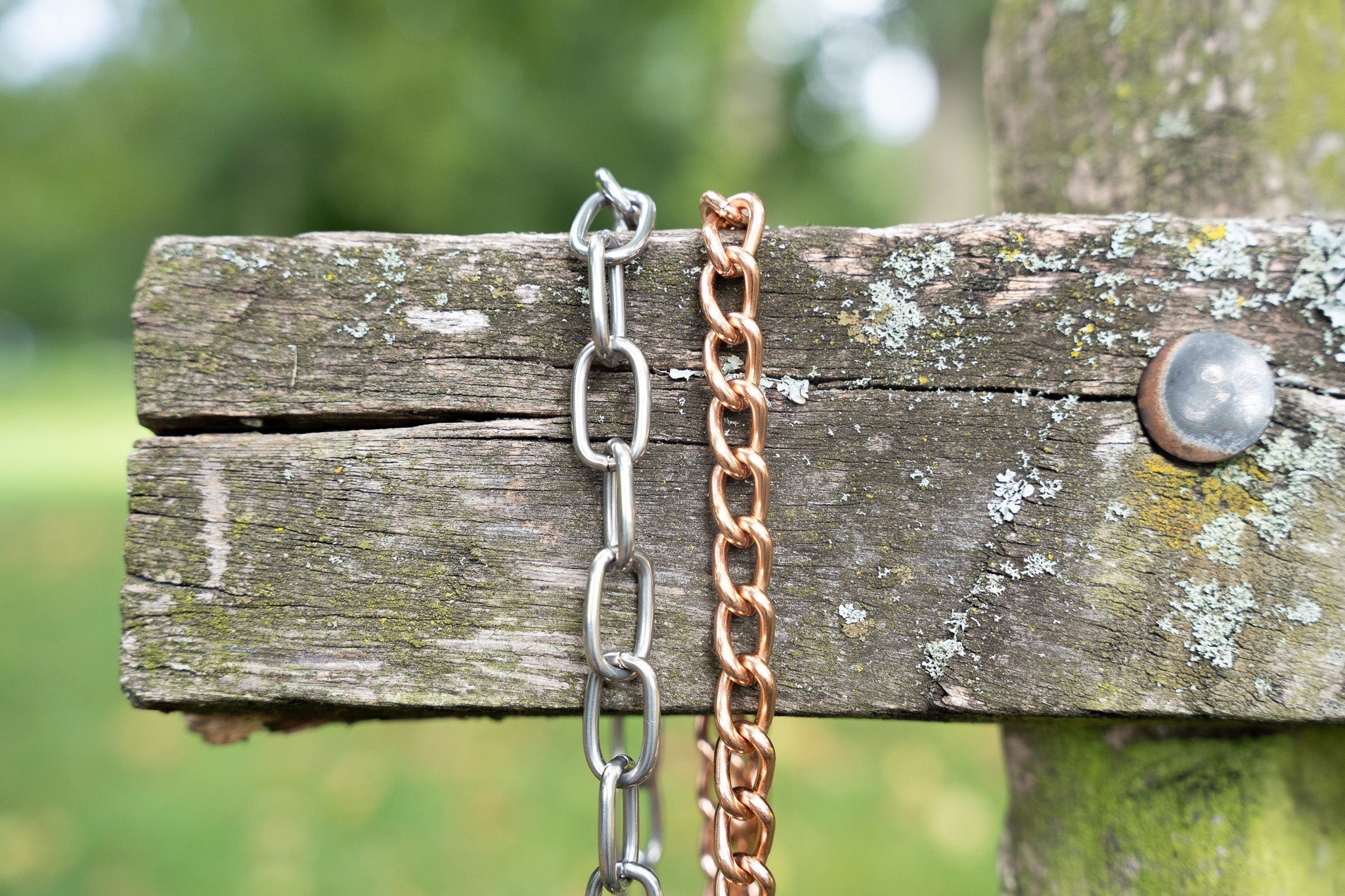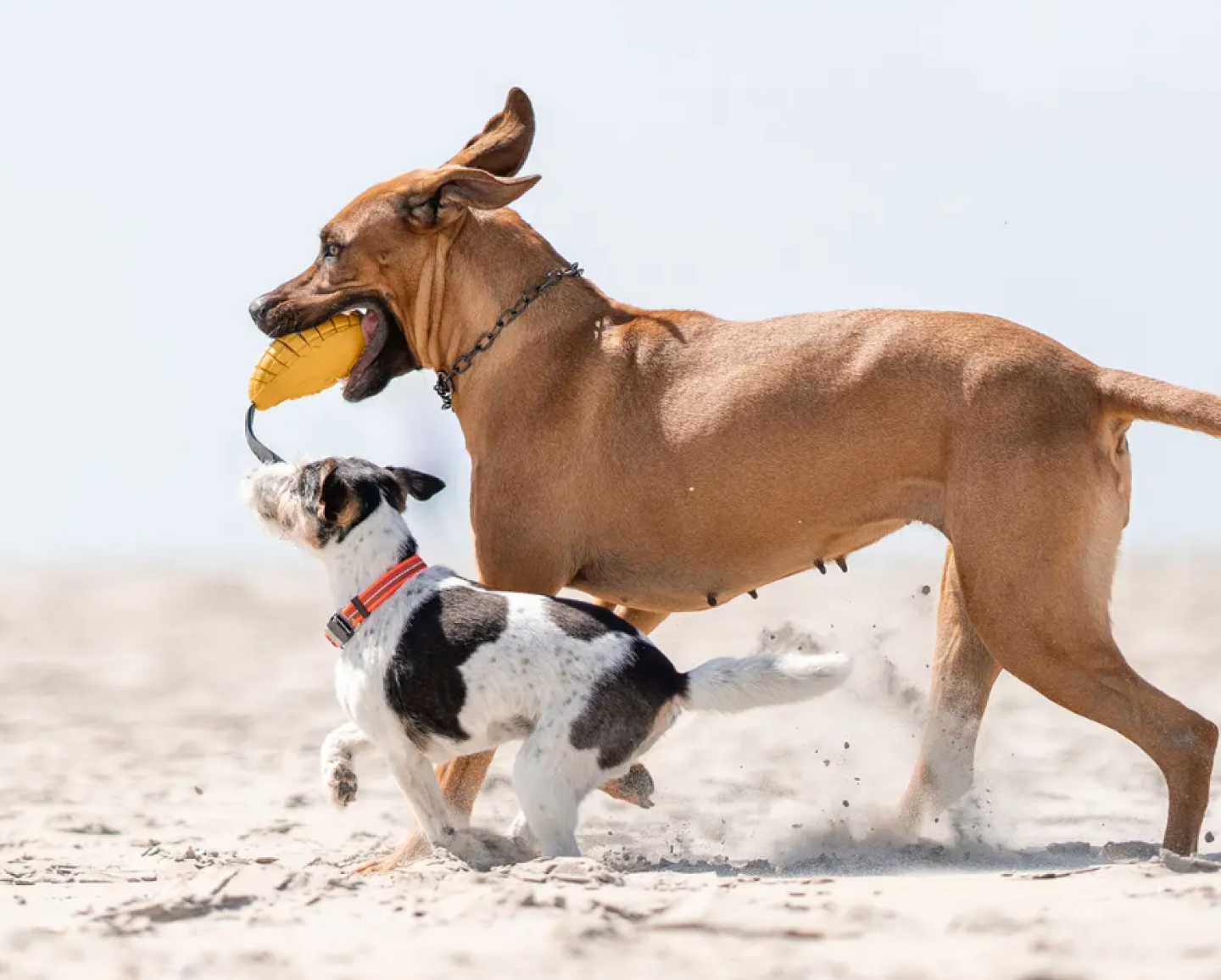You have the following problems with your horse:
- it does not approach the hand with confidence
- it is very sensitive
- it occasionally gets strong
This is what you want from your new bit:
- effective aids
- a slight constant contact
- low thickness with a wide contact surface

Connection problems and their origin
What is contact?
The contact is a constant connection between the rider's hand and the horse's mouth, which is soft and supple. After rhythm and suppleness, it is the third point on the training scale, followed by impulsion, straightness, and collection. The fact that contact is part of this training scale shows how important it is. The contact is created when the horse moves over its back due to the impulsion of the hindquarters and thus starts to push gently into the rider's hand. A rider's hand working backwards does not create contact; it is much more important that the horse reacts to the forward aid and thus develops impulsion from the hindquarters. This is the only way the horse can approach the reins. With correct contact, the horse carries the neck by working the upper neck muscles. As the name suggests, the contact is something for the horse to 'get on', a support that helps the horse to balance itself and provides guidance.
Contact errors
As mentioned above, the development of impulsion from the hindquarters and the arching of the back is an essential part of the contact. However, many tend to only pay attention to the position of the head.

Horse leans on the bit
Horses that lean on the reins use the connection as a 'fifth leg' and rest heavily on the reins. This can occur especially at the beginning of a horse's training. The reasons for this can be a lack of balance or a lack of weight bearing in the hindquarters.
Horse goes against the reins
If your horse goes against the reins, it cannot or will not give way in the poll. Reasons for this can include incorrect muscling (e.g. pronounced lower neck) or back problems that prevent the impulsion of the hindquarters from being directed over the back and the horse from stepping into the hand. Correct muscle development is often the first important step towards correction.
False frame in the horse
The so-called 'false frame' is the most difficult contact issue to correct and is caused by a backward hand in the horse's training. The highest point should normally be the poll, but with a false frame it shifts to the level of the third/fourth cervical vertebra and the swing cannot reach the poll. A correct contact cannot be achieved in this way.
Developing correct contact
The be-all and end-all is the active hindquarters. This means that the horse must be on the leg aids and willingly move off. The rider's hand should stand still and enable and maintain a connection. The rider's forward driving help activates the hindquarters, which moves the horse's center of gravity forward and creates light pressure on the bit. Important: the flow of movement is from back to front. There is no backward rein action. When the horse is correctly framed between the aids in this way, it will let go in the poll, the neck will round and it will approach the bit.
The right equipment for correct contact
In order for the horse to be able to get on the bit correctly, the equipment must of course also be suitable so as not to hinder its movement. It is important to take a look at the saddle and girth to ensure that the horse's muscles are correctly developed to arch the back, support the neck and provide a strong hind leg underneath. Do they both fit? Is the horse's movement not restricted? Are there no pressure points? An unsuitable saddle prevents your horse from arching its back and swinging freely.
But an unsuitable bridle or the wrong bit will also cause discomfort for your four-legged friend. Make sure that the straps of your bridle do not press on sensitive facial nerves, that the noseband is not too tight and that the headpiece does not press on the ears. Nowadays, there are many anatomical models that take these factors into account.
Time to take a look at your bit. Not sure if your current bit fits? In the blog post 'Does my bit fit' you can find out what you should look out for. If you are still looking for the right bit, take a look here: 'How do I find the right bit? The different product lines of our bits have been specially developed for different anatomical conditions of the horse's mouth and to provide the best possible individual support. The novocontact bits are primarily designed to respond to the anatomical conditions in the horse's mouth and offer a wide contact surface for a gentle effect, but are not too thick. Thanks to the soft, even pressure distribution of the rein aid, the novocontact bit can provide support in the event of contact problems and help the horse to seek contact with the bit with confidence.

The special feature of our novocontact bits
The innovative shape of our novocontact bits creates a wide contact surface with a low bit thickness and is therefore a response to the fact that many riders want to choose a thick bit for their horse because they assume that this will make the bit particularly soft. The basic idea here is not wrong, but there is hardly any room in most modern horses' mouths, so a thick bit is very uncomfortable. The oval shape of the novocontact bits creates a wide contact surface for a gentle action, while at the same time being thin, thus solving the problem of 'thicker bits'. The special shape also ensures that a wide surface lies flat on the tongue when the bit is lightly leaned on. When the reins are tightened, the mouthpiece rotates forwards, reducing the contact surface for a short time and enabling more effective aids to be given. In this way, the novocontact bits support optimum communication - the basis for improved contact.

single jointed novocontact bits
Single jointed novocontact models are particularly suitable for horses that do not get on the bit properly. At the same time, they are also suitable for horses that are very sensitive, as the aids can be given softly but still in a precise manner.
double jointed novocontact bits
The double jointed novocontact models prove to be advantageous for horses that occasionally become strong and go against the hand, but at the same time are too sensitive for bits with a stronger action.
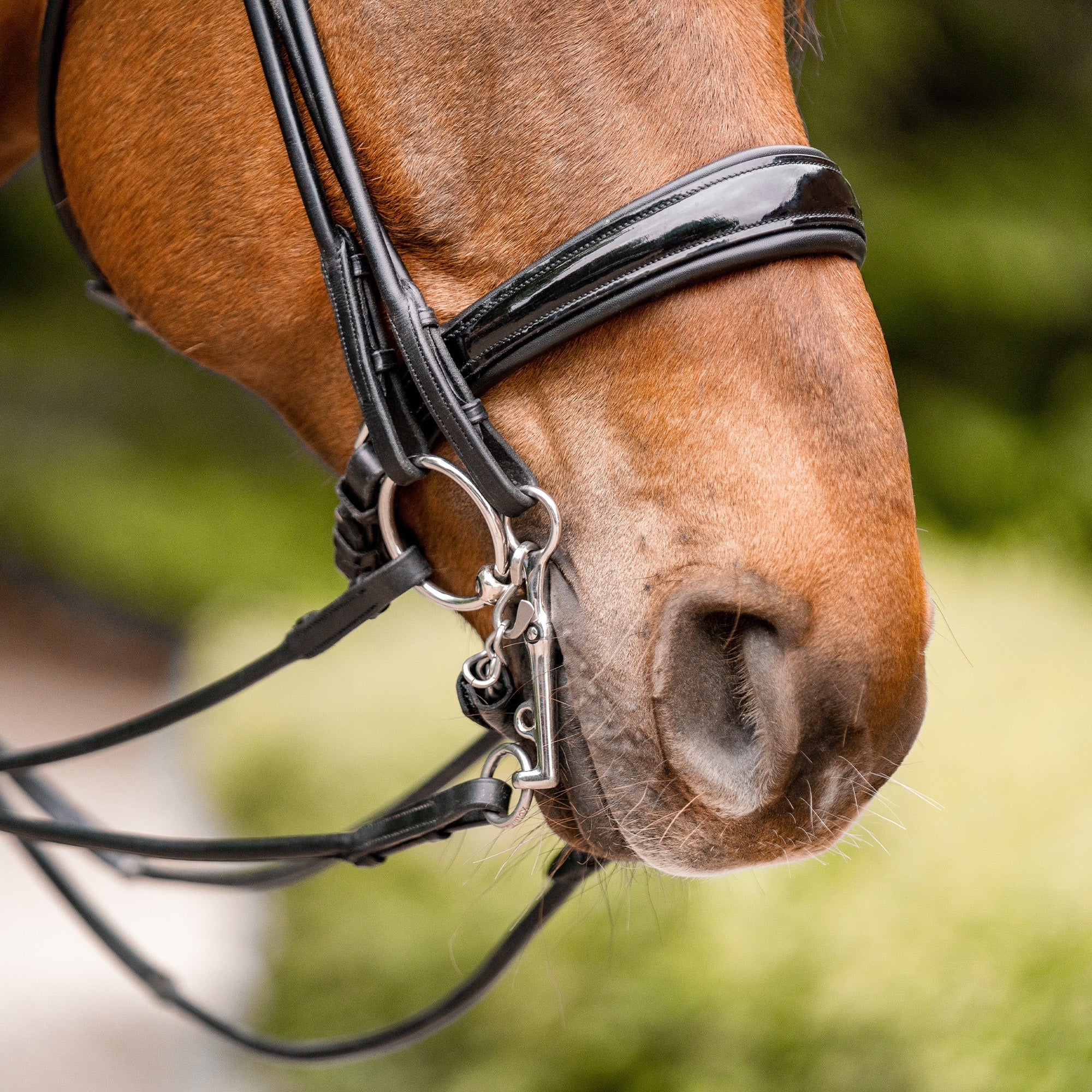
novocontact weymouth
Thanks to its special shape, the novocontact weymouth increases the contact surface on the tongue and thus ensures soft pressure distribution in the horse's mouth. This weymouth bit is particularly suitable for horses that tend to pull up their tongue.
novocontact bits and the anatomy of the mouth
The shape of the novocontact bits complies with the latest scientific findings by ensuring a large contact surface on the tongue in addition to the ergonomically adapted shape. Our novocontact bits are available in 12, 14 and 16 mm thickness and therefore fit all horse mouths. In various practical tests, the novocontact models have proven themselves with both professionals and leisure riders. All novocontact bits are approved for competitions in accordance with the current LPO (Germany)!
PART OF YOUR PASSION.

